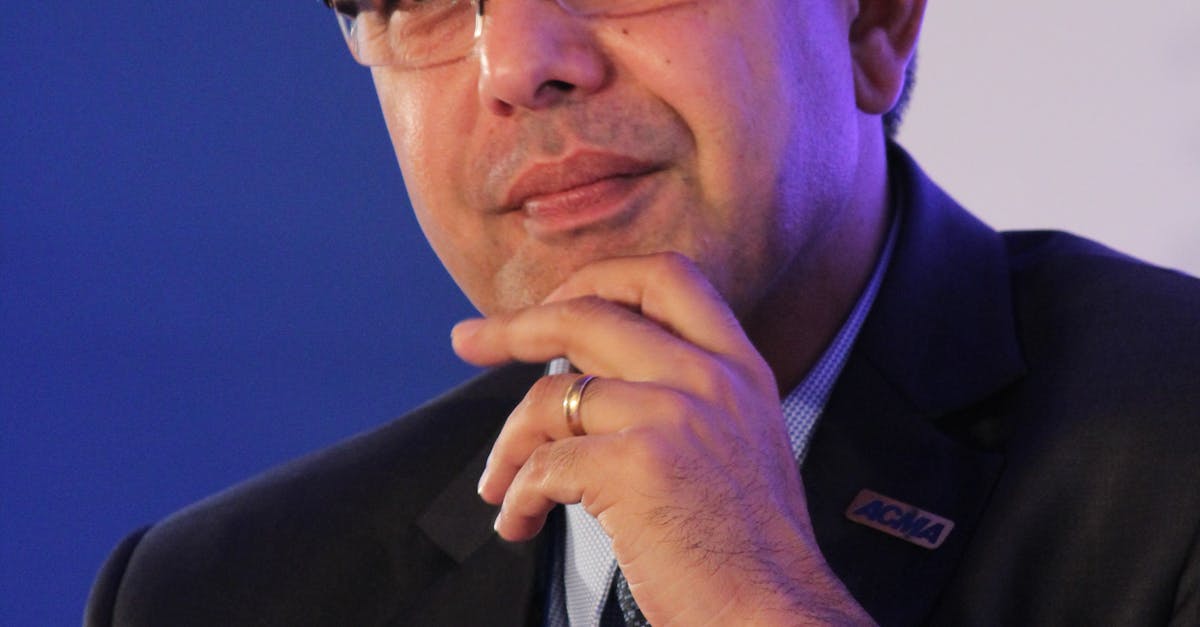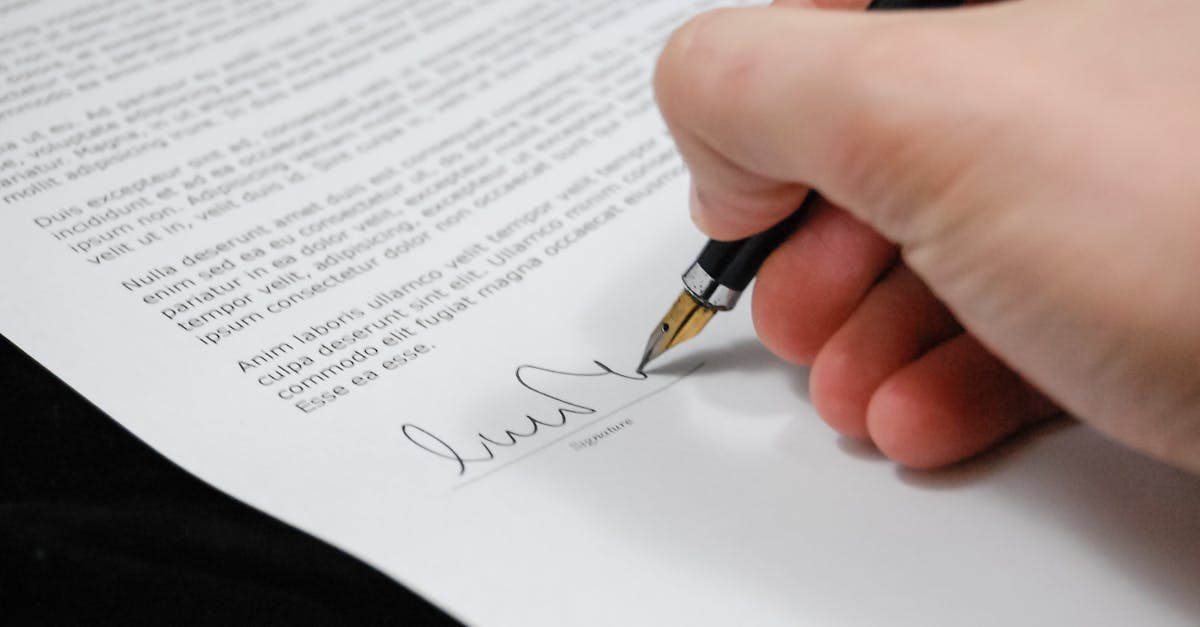
Meridian Legal Solutions specializes in providing expert guidance and representation in the complex field of Bankruptcy Law. Our team of experienced attorneys understands the challenges individuals and businesses face when navigating financial difficulties, and we are dedicated to helping our clients find the best solutions for their specific situations. Whether you are considering filing for bankruptcy or need assistance with debt restructuring, Meridian Legal Solutions is here to support you every step of the way. Our personalized approach ensures that each client receives the attention and support they need to achieve financial stability and a fresh start. Contact us today to learn more about how our Bankruptcy Law services can help you.
Bankruptcy Discharge
The bankruptcy discharge is a vital aspect of the bankruptcy process for debtors seeking relief from their financial burdens. Upon successful completion of a bankruptcy case, debtors are relieved from personal liability for discharged debts, prohibiting creditors from taking any further action to collect such debts. This discharge is a powerful tool that provides debtors with a fresh start, allowing them to move forward without the weight of insurmountable debts hanging over their heads.
It is crucial for debtors to understand the implications of a bankruptcy discharge on their financial future. While the discharge provides significant relief, certain debts may not be eligible for discharge, such as student loans, child support payments, and certain tax obligations. Debtors must also be mindful of their financial activities post-bankruptcy, as any new debts incurred after the filing may not be dischargeable. Understanding the scope and limitations of the bankruptcy discharge is essential for debtors to make informed decisions and effectively navigate their post-bankruptcy financial landscape.
Understanding the discharge of debts and the implications for debtors postbankruptcy
After successfully filing for bankruptcy, debtors seek relief from overwhelming financial burdens through the discharge of debts. A discharge is a court order that legally prohibits creditors from collecting on discharged debts, releasing debtors from personal liability. This discharge provides debtors with a fresh start by eliminating most unsecured debts, such as credit card balances and medical bills, although certain debts like child support, student loans, and tax debts may still be non-dischargeable.
Despite the benefits of debt discharge, debtors must navigate potential implications post-bankruptcy. While a discharge removes personal liability for debts, it does not automatically clear liens on secured properties or discharge debts for co-signers or guarantors. Debtors must also be cautious of avoiding activities like incurring new debts, hiding assets, or committing bankruptcy fraud, as these actions can lead to severe consequences. Maintaining financial responsibility and rebuilding credit post-bankruptcy is essential for long-term financial stability.
Assets and Property in Bankruptcy
Bankruptcy cases involve the treatment of assets, exemptions, and property, all of which are critical elements in the process. When an individual or business files for bankruptcy, their assets and property may be subject to liquidation to pay off debts owed to creditors. Exemptions exist to protect certain assets deemed essential for the debtor's fresh start post-bankruptcy. Understanding the nuances of asset treatment is crucial for both debtors seeking relief and creditors pursuing repayment.
Assets in bankruptcy cases can range from personal property like cars and homes to business assets such as inventory and intellectual property. The U.S. Bankruptcy Code outlines specific rules governing the treatment of these assets to ensure a fair distribution among creditors. Debates may arise regarding the classification of certain assets, prompting judges to make legally binding decisions based on the bankruptcy laws. It is essential for all parties involved to have a clear understanding of how assets are handled in bankruptcy cases to navigate the process effectively.
Detailing the treatment of assets, exemptions, and property in bankruptcy cases
In bankruptcy cases, the treatment of assets, exemptions, and property plays a critical role in determining creditors' claims. When an individual or business files for bankruptcy, all assets are typically placed under the control of a bankruptcy trustee who oversees their distribution to creditors. Certain assets may be considered exempt from the bankruptcy process, meaning they are protected from being used to satisfy debts owed. Exemptions vary depending on the type of bankruptcy being filed and the specific laws of the state in which the case is being heard. Understanding which assets are exempt and which are not can greatly impact the outcome of a bankruptcy case for debtors.
The treatment of assets in bankruptcy also involves examining any security interests or liens that creditors may have on property. Secured debts are typically paid first in bankruptcy proceedings, ensuring that creditors with collateral backing their loans receive priority in repayment. However, bankruptcy laws also provide mechanisms for lien avoidance in certain situations, allowing debtors to potentially remove some liens from their property. Navigating the complexities of asset treatment in bankruptcy requires a comprehensive understanding of federal bankruptcy laws and the specific regulations that govern the disposition of assets in insolvency proceedings.
Creditor Claims and Prioritization
When it comes to bankruptcy cases, understanding the prioritization of creditor claims is crucial. Creditors play a significant role in bankruptcy proceedings, as they are the entities to whom the debtor owes money or other obligations. Different types of creditors may have varying levels of priority in receiving payments from the assets of the debtor. Secured creditors, such as mortgage lenders or bondholders, typically have priority over unsecured creditors in terms of asset distribution. In some cases, certain creditors may have liens on specific assets, granting them a higher priority in repayment.
The distribution of assets in bankruptcy proceedings is governed by a set of rules that prioritize creditor claims based on the type of debt owed. Unsecured creditors may receive payment from the liquidation of assets after secured creditors have been satisfied. In cases of liquidation bankruptcy, assets are sold off to repay creditors, with the remaining debts potentially discharged. Understanding the hierarchy of creditor claims and the process of asset distribution is essential for both creditors seeking repayment and debtors navigating the bankruptcy process.
Examining the prioritization of creditor claims and the distribution of assets in bankruptcy
In bankruptcy cases, the prioritization of creditor claims plays a crucial role in determining the distribution of assets among various stakeholders. Creditors are categorized into different classes based on the type of claims they hold against the debtor. Secured creditors, such as those with liens on specific assets, typically have the highest priority in receiving payment from the debtor's assets. Following secured creditors, priority unsecured creditors, such as those owed for specific types of debts like certain taxes and wages, are next in line to receive payment. Lastly, general unsecured creditors, including credit card companies and suppliers, are often the last to receive any distribution from the debtor's assets.
The distribution of assets in bankruptcy proceedings is overseen by the bankruptcy court, which ensures that creditors are paid according to their priority status. The court may order the liquidation of the debtor's assets to satisfy creditor claims or approve a reorganization plan where the debtor makes payments to creditors over a specified period. Understanding the priority of creditor claims and the distribution of assets is essential for both debtors and creditors to navigate the bankruptcy process effectively and protect their respective interests in the proceedings.
FAQS
What is a bankruptcy discharge?
A bankruptcy discharge is a court order that releases a debtor from personal liability for certain types of debts. It essentially means that the debtor is no longer legally required to repay the discharged debts.
How does the discharge of debts impact debtors post-bankruptcy?
The discharge of debts in bankruptcy provides debtors with a fresh start by eliminating certain debts. This allows debtors to rebuild their financial future without the burden of past liabilities.
What happens to assets and property in bankruptcy cases?
In bankruptcy cases, assets and property are evaluated to determine their value and whether they can be used to repay creditors. Certain assets may be exempt from being used to satisfy debts, depending on state and federal laws.
What are creditor claims and how are they prioritized in bankruptcy?
Creditor claims refer to the debts owed to individuals or organizations. In bankruptcy, creditor claims are prioritized based on the type of debt and the specific bankruptcy chapter filed. Secured creditors are typically paid first, followed by unsecured creditors.
How are assets distributed in bankruptcy cases?
Assets in bankruptcy cases are distributed according to the priority of creditor claims and the type of bankruptcy filed. Secured creditors usually receive repayment from the sale of collateral, while unsecured creditors may receive partial or no repayment depending on the available assets.




